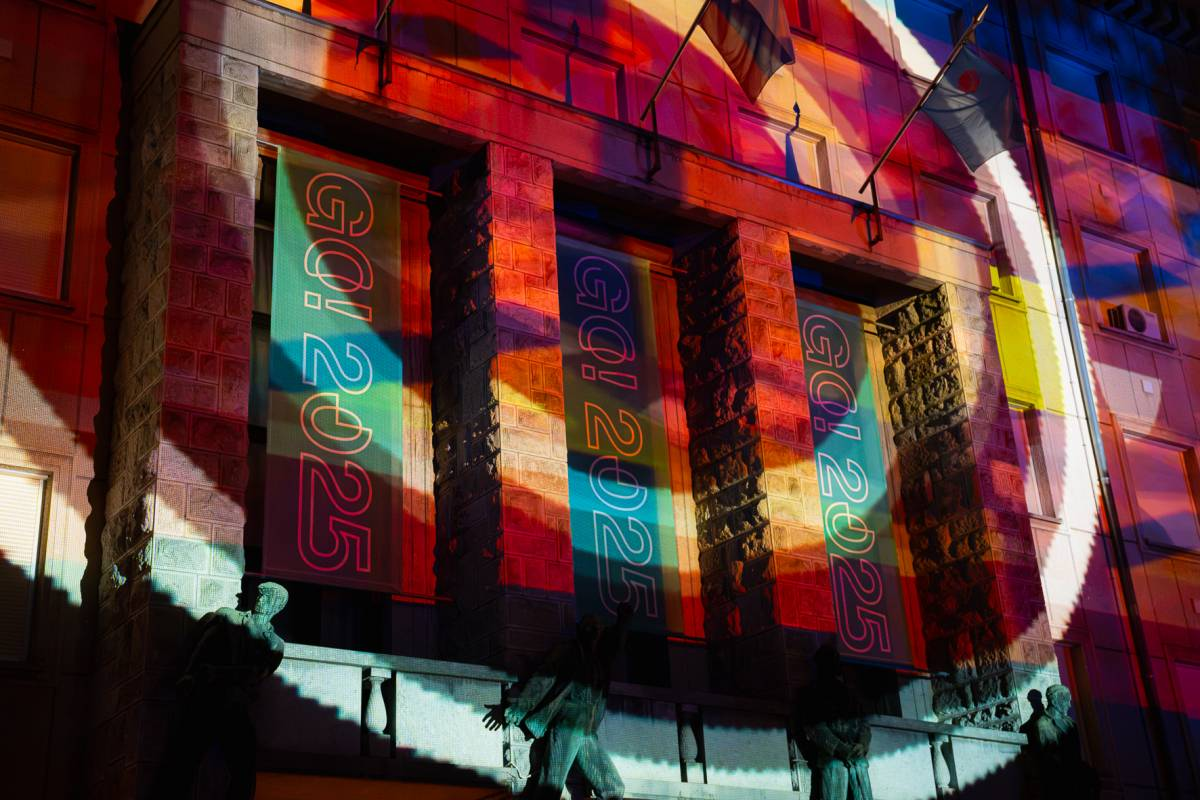hongkongmark.com – Pointillism is a unique painting technique that uses tiny dots of pure color to create intricate and visually striking images. Instead of blending colors on a palette, artists apply small dots of paint next to each other, allowing the viewer’s eye to mix them from a distance. This technique, pioneered by Georges Seurat and Paul Signac in the late 19th century, is a remarkable example of how science and art merge to create optical illusions of depth, texture, and vibrancy.
The Science Behind Pointillism
Pointillism is based on the principle of optical color mixing. Instead of physically mixing colors, artists rely on the human eye to blend the separate dots into a cohesive image. This method enhances brightness and saturation, as the colors retain their purity rather than becoming muddied through traditional mixing.
Key Characteristics of Pointillism
- Use of Dots – Instead of brushstrokes, the entire painting is composed of tiny, distinct dots of color.
- Optical Blending – The colors are placed strategically so that they mix visually rather than on the canvas.
- Precision and Patience – Since each dot is applied individually, pointillism requires a meticulous approach.
- Vibrant and Luminous Effect – The technique creates a shimmering quality, as seen in Seurat’s masterpiece A Sunday Afternoon on the Island of La Grande Jatte.
Materials Needed for Pointillism
- Acrylic, oil, or watercolor paints (bright, pure colors work best)
- Small round brushes or fine-tipped tools to create uniform dots
- Canvas or thick paper for better paint absorption
- Patience and a steady hand!
How to Create a Pointillist Painting
- Sketch the Outline – Lightly draw your subject on the canvas as a guide.
- Select a Color Palette – Choose a range of complementary and contrasting colors for visual impact.
- Start Dotting – Use small dots to build up the image, layering different colors side by side.
- Avoid Blending – Let the dots do the work! Avoid smudging or mixing colors directly.
- Step Back and Observe – Pointillism works best when viewed from a distance, allowing the colors to merge visually.
Famous Artists Who Used Pointillism
- Georges Seurat – The father of Pointillism, known for A Sunday Afternoon on the Island of La Grande Jatte.
- Paul Signac – A pioneer of the technique, famous for The Port of Saint-Tropez.
- Camille Pissarro – Integrated Pointillism into his Impressionist style.
Tips for Beginners
- Start Small – Try a simple design before committing to a large-scale painting.
- Use a Limited Color Palette – Too many colors can make the painting look chaotic.
- Work in Layers – Begin with a base layer of dots and build up the colors gradually.
- Take Breaks – Pointillism can be time-consuming, so give your eyes and hands some rest.
Conclusion
Pointillism is a fascinating technique that challenges traditional painting methods by using tiny dots to create a masterpiece. Whether you’re a beginner or an experienced artist, experimenting with Pointillism can sharpen your attention to detail and enhance your understanding of color interaction. So grab your brushes and start dotting your way to a stunning work of art!




